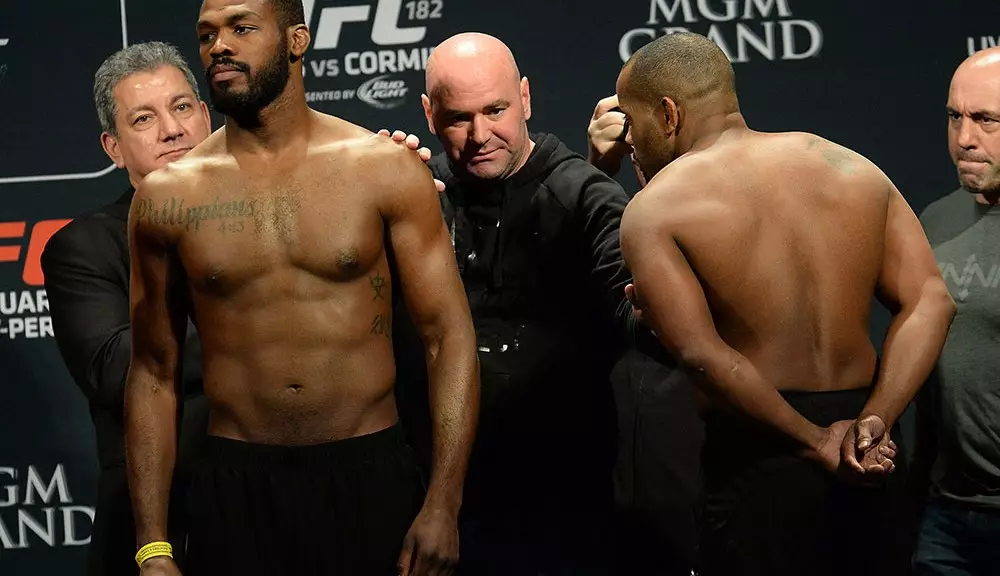In the world of mixed martial arts (MMA), rivalries often define a fighter’s career, shaping their identities and narratives in ways that can be both beneficial and detrimental. The case of Israel Adesanya and Robert Whittaker exemplifies this phenomenon. Initially adversaries, their rivalry blossomed from intense competition into camaraderie through shared training at City Kickboxing. This transformation, while remarkable, has sparked debate among fans and fighters alike regarding the nature of rivalries and whether they can evolve into friendships.
Daniel Cormier, a former two-division champion and a significant figure in MMA, scrutinizes this relationship through the lens of his infamous feud with Jon Jones. Cormier’s rivalry with Jones is often hailed as one of the most contentious in UFC history, embodying a bitter animosity that never fully dissipated even after moments of reconciliation. Cormier’s hesitance to fully embrace the idea of friendship post-rivalry stems from the depth of his experiences with Jones. He recalls a time when they were ready to brawl regardless of the setting, a stark contrast to the current dynamic between Adesanya and Whittaker.
Cormier’s insights reveal a compelling narrative: not all rivalries are created equally. He posits that the personal stakes and emotional investments within a rivalry dictate its outcome. Unlike Cormier’s tumultuous relationship with Jones—marked by trash talk, public altercations, and a level of disdain that made their encounters feel like more than just fights—Adesanya and Whittaker’s conflicts were more professional and less personal. Their ambitions and competitive nature sparked contention, but they did not generate the deep-seated animosity that defined Cormier’s experience.
Moreover, Cormier emphasizes that once the competitive edge dulls—whether through a loss in championship aspirations or a shift in focus—there lies an opportunity for fighters to pivot their relationship. With both Adesanya and Whittaker seemingly distanced from an imminent title fight, the necessity for enmity has dissipated, thereby paving the way for collaboration rather than conflict.
The divergent paths of these fighters highlight an essential lesson in the realm of sports and competition: rivalries can indeed evolve. The transition from enmity to friendship, especially in a sport as brutal as MMA, signifies a level of maturity and emotional intelligence not commonly acknowledged. Cormier’s perspective reflects a deeper understanding of sportsmanship; while he respects the reconciliation of Adesanya and Whittaker, he also recognizes that not all conflicts warrant swift forgiveness.
This dichotomy in perspectives—between Cormier’s stance on rivalries and the amicable relationship between Adesanya and Whittaker—underscores the complexity of human relationships forged in the arena of competition. It illustrates how context, personality, and the stakes involved can influence how fighters navigate their rivalries and whether they find common ground post-conflict.
The evolution of friendships from rivalry in MMA holds valuable lessons, not only for fighters but for anyone engaged in competitive settings. While some rivalries may foster lifelong animosity, others can transform through shared experiences, providing a blueprint for understanding and growth amidst the competitive spirit. As athletes continue to navigate their journeys, the narratives they create through rivalry and friendship will remain an enduring part of their legacies.

